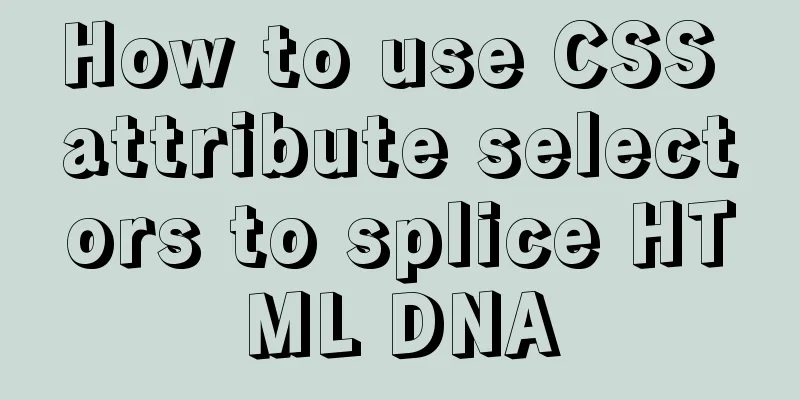JavaScript Closures Explained

1. What is a closure?
So using closures, you can associate data with functions that operate on that data. For example:
function foo() {
let a = 1;
return function() {
console.log(a);
}
}
let foo1 = foo();
foo1() // Output 1
This is an example of a closure. In foo, because a function is returned, this function has a closure covering the internal scope of foo, that is, a, so that a always survives and will not be recycled when foo ends. 2. The role of closures2.1) MemoryWhat is the memory property of closures? When a closure is generated, the state of the environment in which the function is located will always remain in the memory and will not be reclaimed by the garbage collection mechanism after the outer function call ends. For example:
function foo() {
let a = 0;
return function() {
a++;
console.log(a);
}
}
let foo1 = foo();
let foo2 = foo();
foo1(); // 1
foo2(); // 1
foo2(); // 2
foo1(); // 2
Because a is part of the closure, when the closure is generated, the environment state of a will be kept in the memory and will not be cleared after the outer function call ends. Therefore, as foo1 is used, the value of a in the memory will increase by 1. 2.2) Simulating private variablesEnsure that a variable can only be operated on by specified operations. For example :
function foo() {
let A = 0;
return {
getA : function() {
return A;
},
add : function() {
A++;
},
del : function() {
A --;
}
}
}
let foo1 = foo();
console.log(foo1.getA()); // 0
foo1.add();
console.log(foo1.getA()); // 1
foo1.del();
console.log(foo1.getA()); // 0
Through closure, it is ensured that A can only be subjected to the specified addition and subtraction operations. 3. Notes on closuresClosures should not be abused, otherwise they may cause performance problems on the web page due to excessive memory usage, and may even cause memory leaks. SummarizeThis article ends here. I hope it can be helpful to you. I also hope you can pay more attention to more content on 123WORDPRESS.COM! You may also be interested in:
|
>>: Summary of Docker Consul container service updates and issues found
Recommend
HTML Tutorial: title attribute and alt attribute
XHTML is the basis of CSS layout. jb51.net has al...
Thoughts and experience sharing on interactive design of reading lists for information products
A list is defined as a form of text or chart that...
How to connect to Alibaba Cloud Ubuntu 16.04 server from local Windows remote desktop
Local Windows remote desktop connects to Alibaba ...
Share CSS writing standards and order [recommended for everyone to use]
CSS writing order 1. Position attributes (positio...
Significantly optimize the size of PNG images with CSS mask (recommended)
This article is welcome to be shared and aggregat...
MySQL5.7.03 Replacement of higher version to MySQL 5.7.17 Installation process and solutions to problems found
1. How to install? 1. [Run] -> [cmd] to open t...
Use crontab command in Linux environment to set up scheduled periodic execution tasks [including PHP execution code]
This article uses the crontab command in the Linu...
More than 300 lines of CSS code to achieve the explosive special effects of WeChat 8.0
A major feature of the WeChat 8.0 update is the s...
Solution to 1067 when Mysql starts in Windows
I just started working a few days ago and install...
Detailed explanation of the use of the clip-path property in CSS
Use of clip-path polygon The value is composed of...
Complete steps to achieve high availability with nginx combined with keepalived
Preface In order to meet the high availability of...
js to implement verification code interference (static)
This article shares the specific code of js to im...
A brief discussion on front-end network, JavaScript optimization and development tips
1. Network Optimization YSlow has 23 rules. These...
How to install redis in docker and set password and connect
Redis is a distributed cache service. Caching is ...
MySQL date processing function example analysis
This article mainly introduces the example analys...











